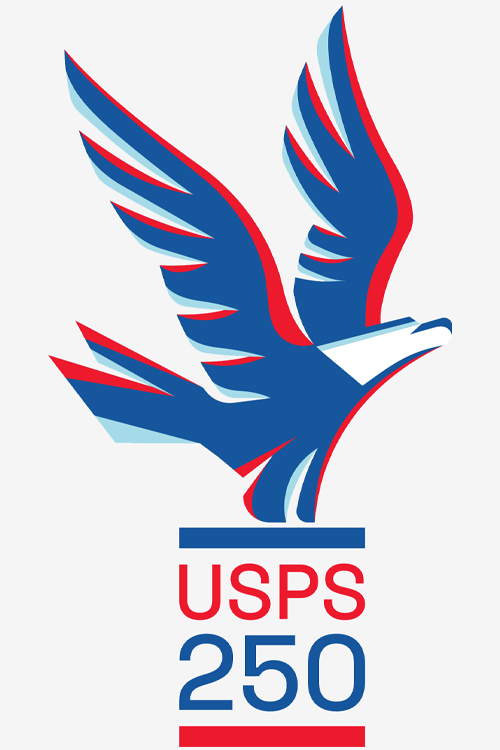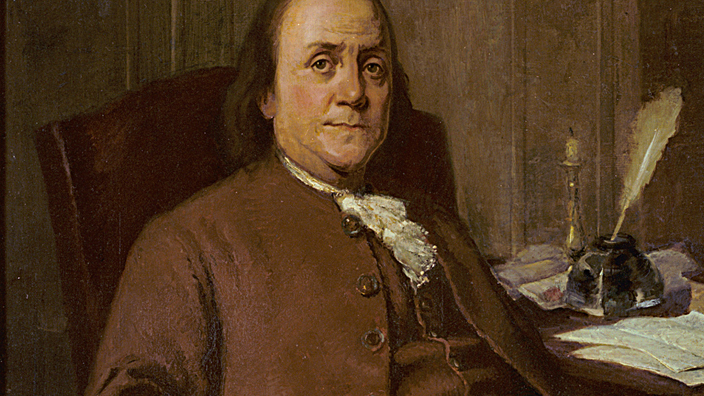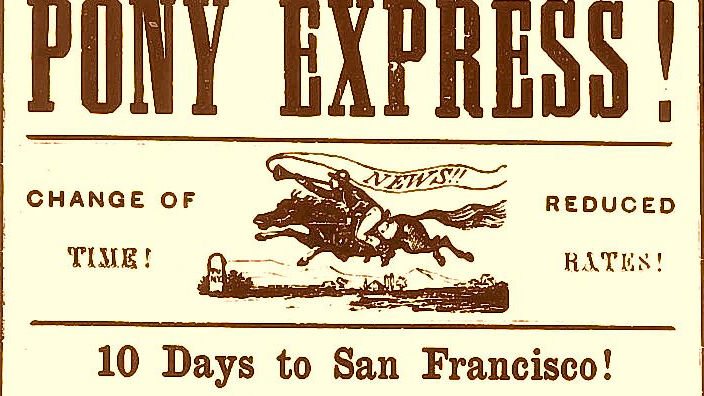By 1875, the Post Office Department was firmly ensconced both at home and abroad, having become part of the executive branch in 1872 and a founding member of the General Postal Union (now the Universal Postal Union) in 1874.
The 1880s were a time of big gains for letter carriers, who helped deliver wins for the nascent labor movement.

In 1884, Congress granted carriers 15 days of leave a year, and in 1888, it awarded them an eight-hour workday. The National Association of Letter Carriers union was formed in Milwaukee the next year, 1889.
Beginning in the late 1880s, a scruffy mutt named Owney became the unofficial mascot of the Railway Mail Service for several years, and his adventures became the stuff of legend.
The philatelic world was venturing forth, too. In 1893, the country’s first commemorative stamp — nearly double the size of a typical stamp — was issued in celebration of the World Columbian Exposition in Chicago. Other innovations soon followed, including the first stamps sold in booklets in 1900 and coils in 1908.
But the most dramatic forays came in the transport and delivery of mail. Pneumatic tube service was tested in Philadelphia in 1893 and an electric automobile was tried out for collection in Buffalo in 1899.
A contract for mail collection by gas-powered automobile began in Baltimore in 1906, and rural free delivery — launched in 1896 in West Virginia — proved so popular it spread to every state in the union and was made permanent in 1902.
No advance was more daring than the Post Office Department’s entrance into the world of aviation, when postal pilots took over airmail service from their Army counterparts in 1918. By 1924, regularly scheduled transcontinental airmail service with night flying was established.
But that was just the beginning: The organization blazed a trail in the field of commercial aviation in the following years.
Coming next: Link’s series on the Postal Service’s 250th anniversary will continue soon with a look at events from 1925-1974.



